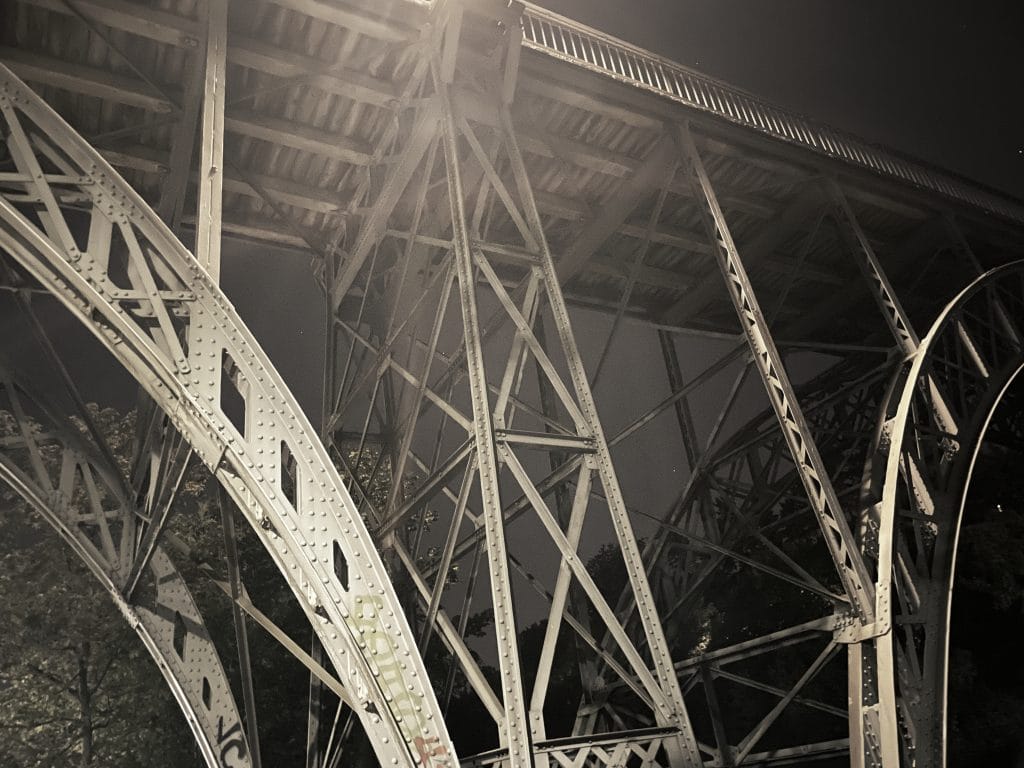August 20th, 2024, three unexpected time glitches (‘chronostases’ in Greek) occurred at intervals of roughly three seconds in the Kalvebod Brygge waterfront area in the Vesterbro part of Copenhagen, Denmark.
Once filled with factories, this part of the city has changed a lot over the years. Now, it has many new office buildings, hotels, and places for relaxation and bathing as a result of a project aimed at securing adequately clean water.
Mikhail Bakthin on the ‘Chronotope’
“Art & literature are shot through with chronotopic values of varying degree and scope. Each motif, each separate aspect of artistic work bears value” — ‘Forms of Time and Chronotope in the novel’, Mikhail Bakhtin*
The term ‘chronotope(s)’ consisting of Greek χρόνος (‘time’) and τόπος (‘space’) was coined by Russian literary theorist Mikhail Bakhtin in 1937, shortly before World War II.

Definition from ‘The Dialogic Imagniation’, 1975-1981
“In the literary artistic chronotope, spatial and temporal indicators are fused into one carefully thought-out, concrete whole. Time, as it were, thickens, takes on flesh, becomes artistically visible; likewise, space becomes charged and responsive to the movements of time, plot, and history. This intersection of axes and fusion of indicators characterizes the artistic chronotope.
Also see: Open calls curated by Kasper Bergholt
Membranes of the logosphere
In Bakhtin’s understanding, in common interpretations, the chronotope is where meaning enters the ‘logosphere’, leading to the question: how does meaning leave again, if it leaves? And of which material does this membrane consist of?
Might chronotopes provide access to iconic substrates of language that other ways of perceiving does not? And could this ‘membrane’ be uniquely related, perhaps, to the modals of art and artistic experiences?
Also see: ‘The Time Is Out of Joint’ ~ Shakespeare, Deridda, Solvej Balle

Sources
“Nothing passes without leaving a trace. All foregone will be accounted for. What comes to light is only what was hidden inside. What is gone, but requires external conditions and time to grow in order to open and reveal itself. That is the dominant in man, and the chronotope of Existence!” — Ukhtomsky: A.A.: ‘Dominant of the Soul’ Rybins, page 380.
Bakhtin references Ukhtomsky in a footnote in the essay ‘Forms of Time and of the Chronotope in the Novel’:
“In the summer of 1925, the author of these lines attended a lecture by A. A. Uxtomskif on the chronotope in biology: in the lecture questions of aesthetic were also touched upon”. The Dialogic Imagination, ibid., p. 84.
—
